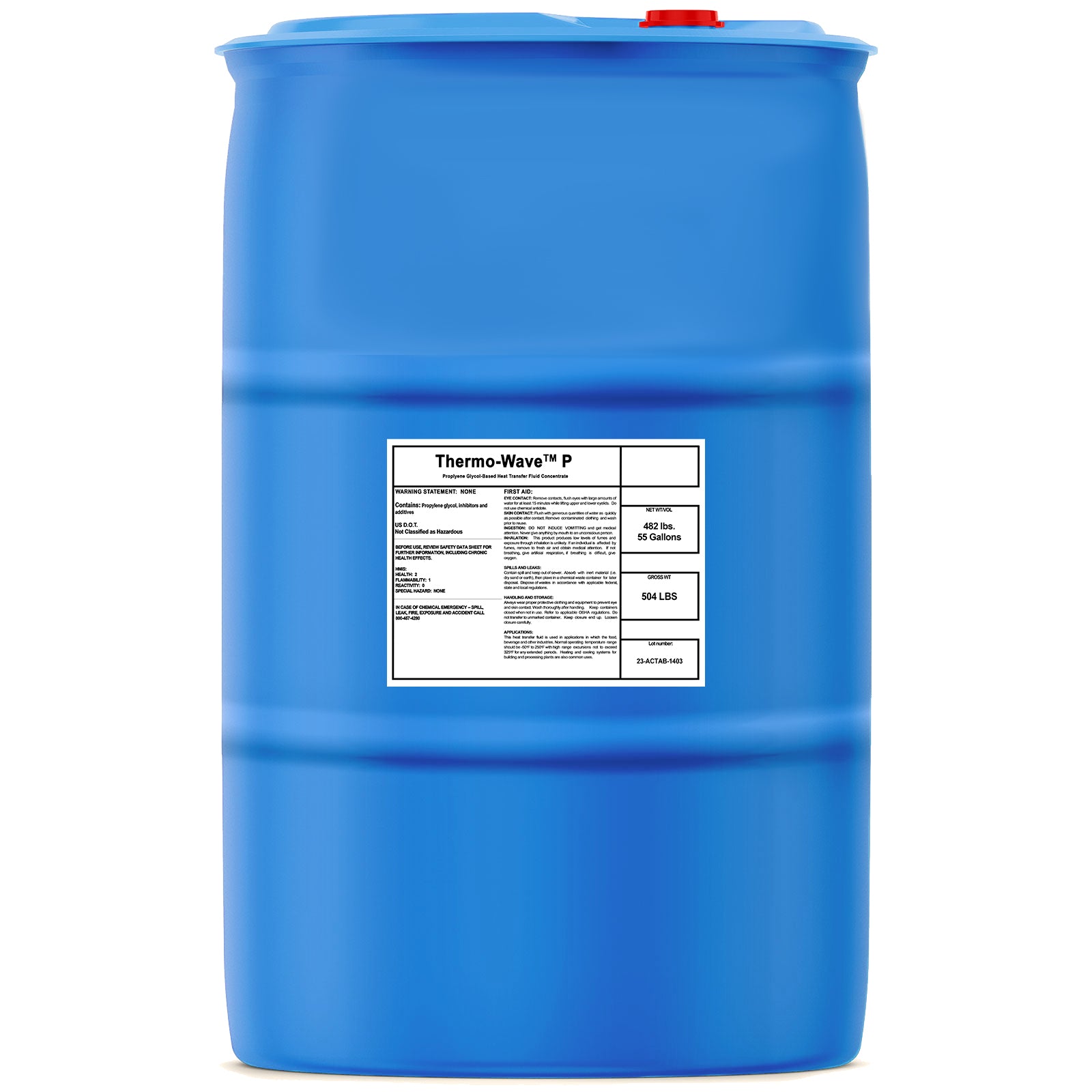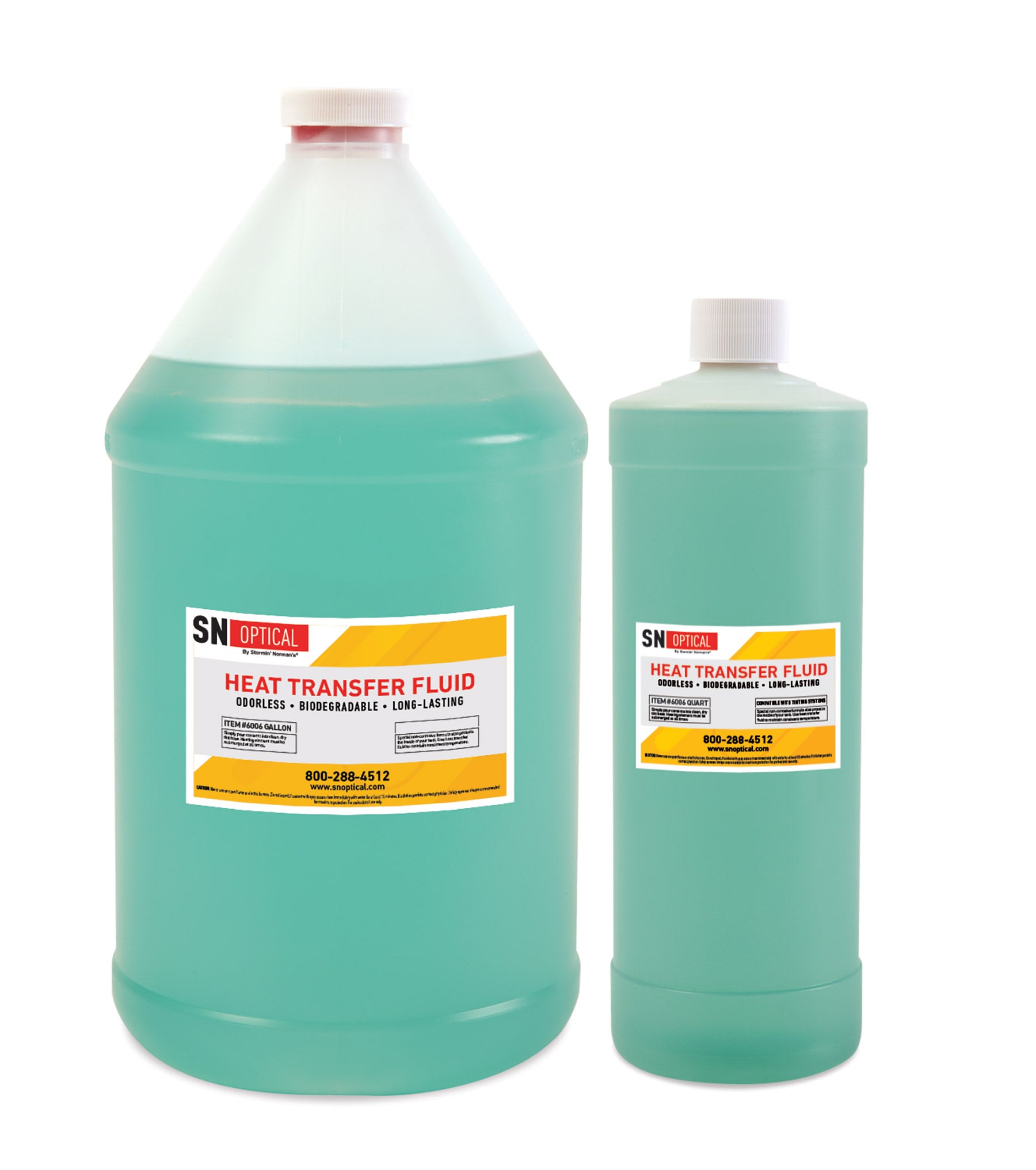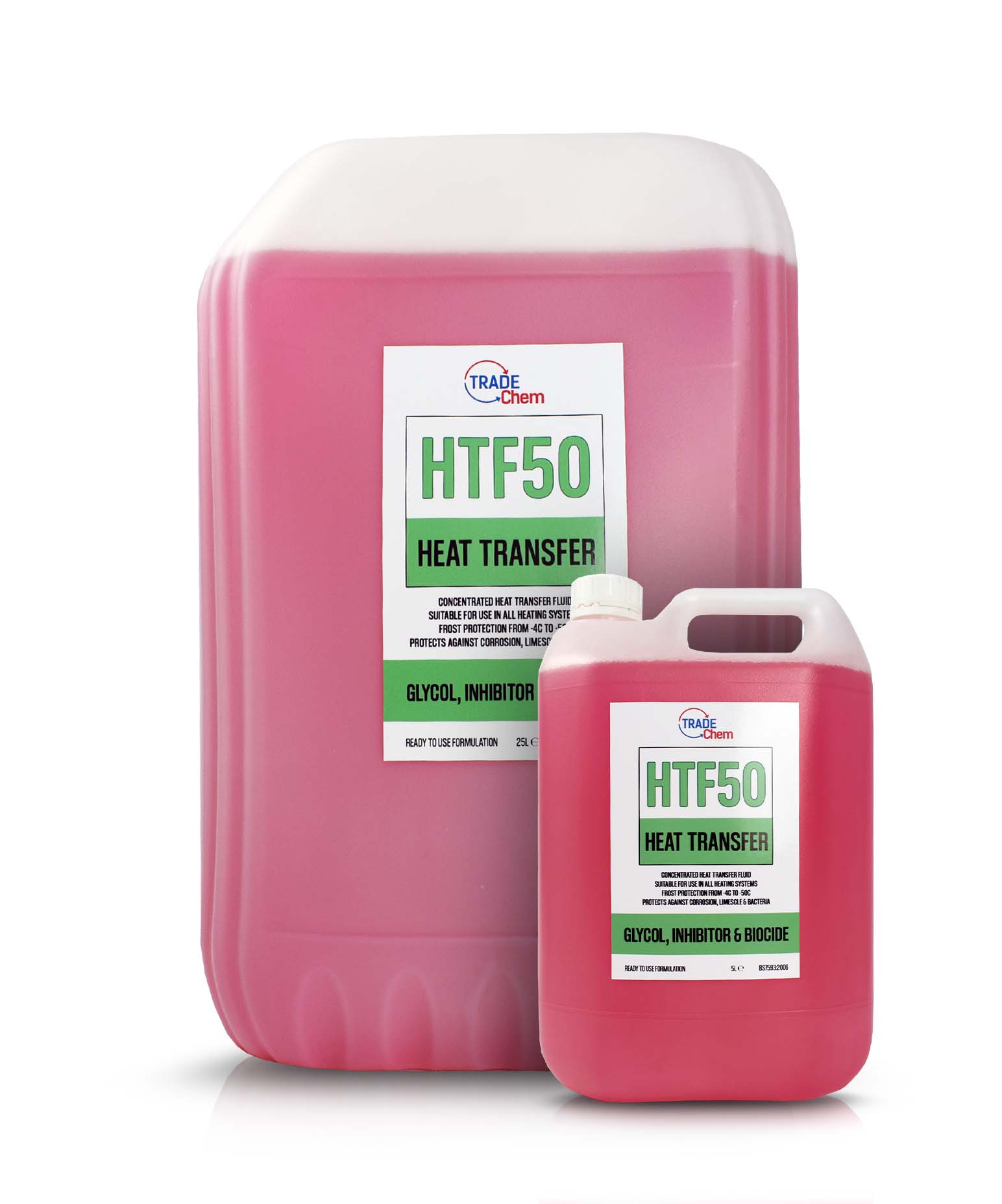A Comprehensive Overview to Heat Transfer Fluid for Solar Thermal Equipments
Wiki Article
Why Heat Transfer Liquid Is Very Important for Optimizing Energy Transfer in Solution
The role of warm transfer fluids in optimizing power transfer is critical for accomplishing effective thermal management throughout numerous industrial industries. These fluids assist in smooth warm exchange, guaranteeing procedures run within ideal temperature arrays and alleviating the danger of getting too hot. Their option, based on elements like viscosity and thermal stability, directly influences the efficiency and sustainability of a system. The complexities of choosing the ideal fluid are often ignored. What are the critical considerations for this choice, and how do they impact both economic performance and ecological duty in industrial applications?
Role in Thermal Monitoring
Warm transfer liquids play an essential role in thermal administration by effectively controling temperatures in various industrial procedures and systems. These specialized liquids help with the transfer of heat between various parts, making sure ideal operating conditions and preventing overheating. By preserving specific temperature level control, warm transfer fluids make it possible for markets such as chemical manufacturing, oil and gas, and power generation to operate securely and efficiently.The choice of an ideal warmth transfer liquid depends upon several variables, including thermal stability, heat capacity, and viscosity. High thermal stability ensures that the liquid can hold up against severe temperatures without weakening, while a high heat capacity allows it to take in and release considerable amounts of warmth - heat transfer fluid. Low thickness minimizes the energy needed for pumping, adding to total system efficiency
Furthermore, warmth transfer fluids are indispensable in applications like refrigeration, where they assist soak up and dissipate warm throughout the cooling cycle. In solar thermal energy systems, these liquids capture and transport solar warmth to produce electrical energy or provide warm water. Their adaptability to varied operating conditions and capability to maintain regular thermal performance highlight their importance in industrial thermal monitoring, helping with functional connection and boosting precaution.

Enhancing System Performance
To take full advantage of the advantages of thermal administration, enhancing system performance via the tactical use of warmth transfer liquids is extremely important. These fluids play a critical function in optimizing energy transfer by facilitating constant thermal law, which consequently influences the general efficiency and longevity of systems. Effective warmth transfer results in decreased energy losses, minimized functional expenses, and boosted integrity of equipment. By preserving optimum temperature levels, warm transfer liquids aid guarantee that systems run within their designed parameters, consequently protecting against overheating and minimizing the threat of part failure.
Kinds Of Heat Transfer Fluids
The variety of warmth transfer liquids emphasizes their vital role in a variety of commercial applications, each customized to satisfy certain thermal administration demands. These fluids facilitate efficient power transfer and are picked based upon crucial buildings such as thermal security, viscosity, and heat capacity. The main kinds consist of water, glycol options, oils, and right here synthetics, each offering unique advantages.Water is the most usual warm transfer medium due to its high specific warmth capability and inexpensive. Nonetheless, its usage is limited by its cold and steaming points. Glycol combinations, commonly made use of in HVAC systems, supply a lower cold factor, including flexibility in numerous climates. Mineral oils are preferred for their thermal security and non-corrosive nature, making them appropriate for high-temperature applications.

Artificial liquids, including our website silicone and aromatic substances, provide extraordinary thermal security and are utilized in atmospheres requiring severe temperature level ranges. These fluids make sure premium performance in systems where conventional liquids might fall short. The selection of a heat transfer fluid is vital, as it affects system performance, safety and security, and longevity. Each type needs to be selected to straighten with the functional needs and the specific conditions of the application it serves.
Environmental and Economic Benefits
Utilizing the right heat transfer liquids uses considerable ecological and economic advantages for industrial procedures. By picking liquids with exceptional thermal stability and high heat ability, markets can enhance energy effectiveness, resulting in decreased fuel intake and reduced greenhouse gas discharges. This adds to a smaller carbon impact and straightens with worldwide sustainability goals. Eco-friendly warm transfer fluids, often naturally degradable and non-toxic, minimize the threat of soil and water contamination in the event of leakages or spills, consequently safeguarding ecosystems and abiding with rigid environmental regulations.Financially, check this site out the ideal heat transfer liquid can dramatically minimize functional expenses. Liquids with prolonged lifecycle performance reduce the regularity of substitutes and maintenance, decreasing downtime and associated costs. Overall, the strategic usage of optimum warm transfer fluids supports lasting financial growth and environmental stewardship.
Picking the Right Fluid
How does one navigate the intricate process of picking the best heat transfer liquid for industrial applications? Choosing the suitable liquid is vital, as it straight influences system performance, security, and functional costs. Trick considerations consist of thermal stability, compatibility with system products, and operating temperature level variety. Thermal stability makes certain the fluid can hold up against high temperatures without degrading, while compatibility stops deterioration or other destructive reactions with system parts. The operating temperature variety must line up with the system's needs to maintain performance and long life - heat transfer fluid.In addition, the liquid's warm capability and viscosity are extremely important. A high warmth capability allows the fluid to absorb and move even more power, boosting efficiency. Optimum thickness makes certain very little pump job and reliable warmth transfer, specifically in differing temperature levels. Environmental and safety and security facets need to additionally become part of the decision-making procedure. Safe, biodegradable liquids lower ecological influence and follow governing requirements, decreasing responsibility threats.
Final Thought
The calculated choice and application of heat transfer liquids are essential to enhancing power transfer throughout various systems. By guaranteeing high thermal security and capability, these fluids give specific temperature level control and boost general system efficiency. This optimization adds to minimized operational prices and reduced greenhouse gas emissions, therefore promoting sustainability. The selection of liquid, tailored to details viscosity and functional demands, is important for optimizing performance and attaining financial and environmental advantages in industrial procedures.Report this wiki page